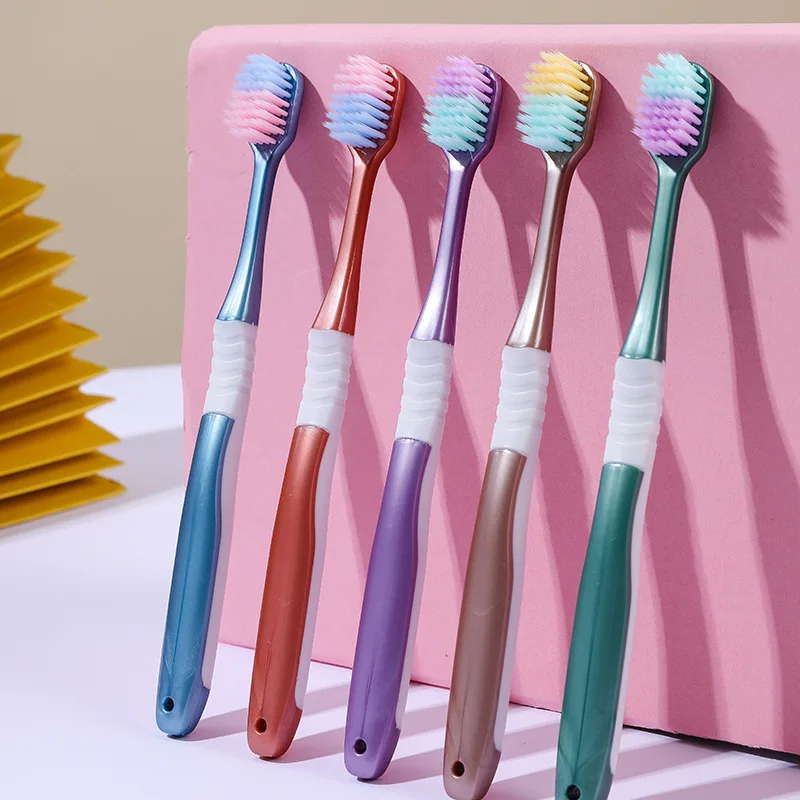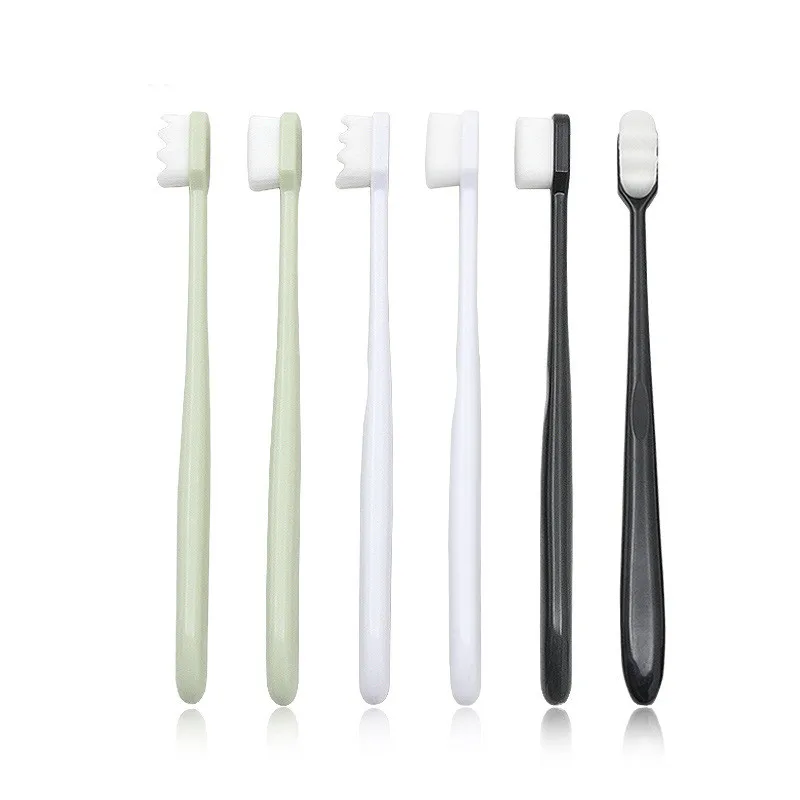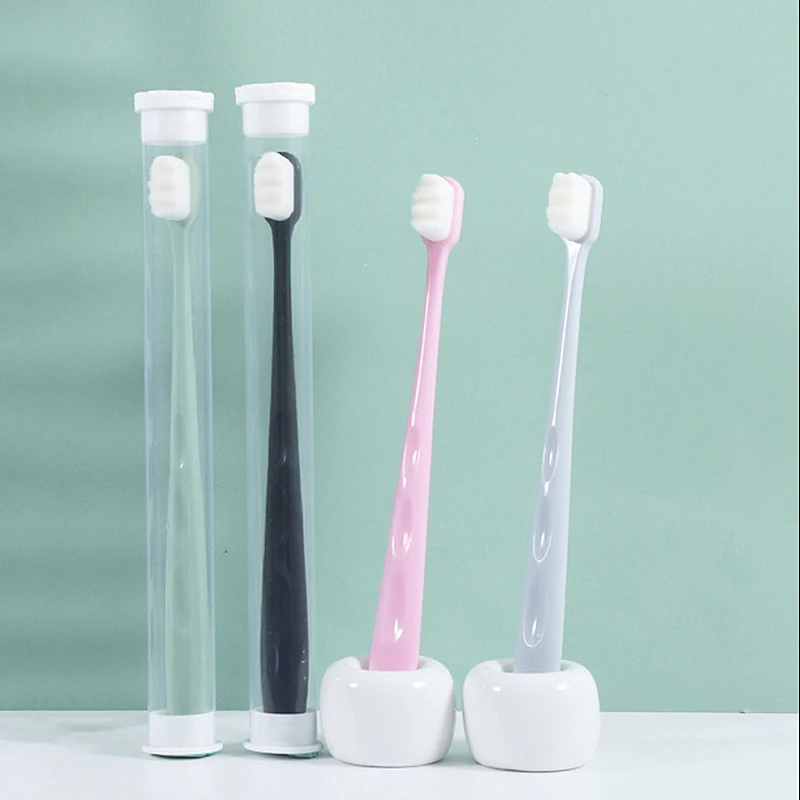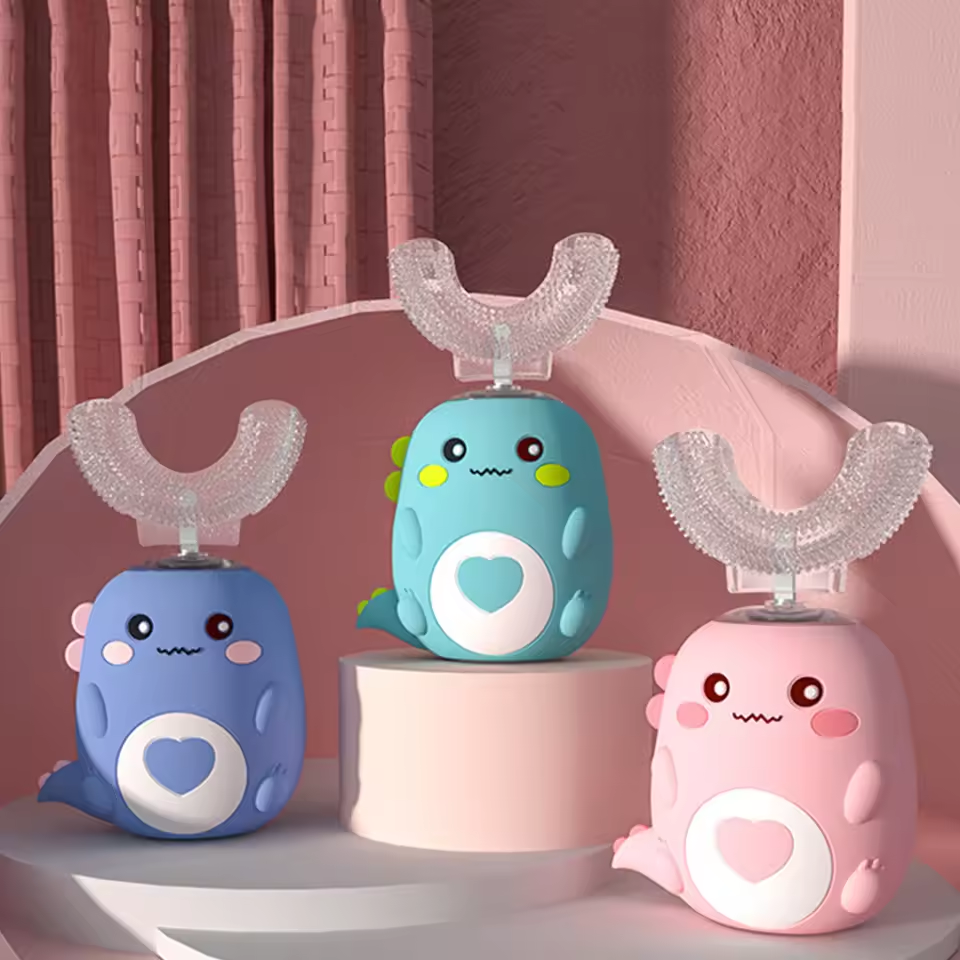Introduction to Toothbrush Hygiene Post-COVID
When to change toothbrush after covid? Maintaining a clean toothbrush is critical for oral health, especially after illness. When recovering from COVID-19, careful attention to your toothbrush hygiene can prevent reinfection and safeguard the health of those around you. The virus’s ability to survive on various surfaces poses a risk well after recovery, emphasizing the importance of replacing or disinfecting your toothbrush.

The necessity of changing your toothbrush after COVID-19
After recovering from COVID-19, it’s essential to change your toothbrush to avoid the risk of reinfection. The virus can linger on the bristles, making it unsafe to continue using the same toothbrush post-recovery. Even if you feel better, your toothbrush might still harbor the virus. Changing it is a simple but critical step in your post-COVID oral care routine. It’s also a precaution to protect others by minimizing the potential for virus spread. Ensuring you have a clean toothbrush is a cornerstone for maintaining oral health and overall well-being.
When to Change Your Toothbrush
Knowing when to change your toothbrush after recovering from COVID-19 is essential for maintaining oral hygiene. The timing can significantly influence your health and prevent the spread of the virus.
Recommendations on the optimal timing post-recovery
It is advisable to replace your toothbrush immediately after you recover from COVID-19. This step helps prevent potential reinfection through lingering virus particles on the toothbrush’s bristles. Experts recommend not waiting until your regular three-month replacement cycle if you’ve been ill. Doing so minimizes the risk of contamination and ensures your brushing is effective in maintaining oral health. Consider changing your toothbrush or the head of an electric toothbrush as soon as you stop showing symptoms. This practice is a critical part of your recovery routine and aids in keeping your environment safe for yourself and others around you.
Risks of Not Changing Your Toothbrush
Replacing your toothbrush after COVID-19 recovery is crucial. Not doing so can pose significant health risks.
Potential for reinfection from contaminated toothbrushes
If you don’t change your toothbrush, you risk reinfection. A used toothbrush can retain the virus even after you recover. Using the same toothbrush can reintroduce the virus to your mouth, putting your health at stake again. This can also put others at risk if they come into contact with your toothbrush. To stay safe, make it a rule to change your toothbrush after your recovery. This simple action can be a key step in your post-COVID wellness plan.
Effective Methods for Disinfecting Toothbrushes
After recovering from COVID-19, properly disinfecting your toothbrush is crucial. This helps to eliminate any remaining virus particles and ensures optimal oral hygiene.
Techniques to ensure your toothbrush is virus-free
Several effective methods can be employed to make sure your toothbrush remains virus-free:
- Hydrogen Peroxide Rinse: Submerge your toothbrush in 0.5% hydrogen peroxide for a few minutes. This substance kills viruses effectively.
- Boiling Water: For non-electric toothbrushes, boiling them for about 3-5 minutes can sterilize the bristles. Do not use this method for electric toothbrushes.
- Antibacterial Mouthwash: Soak your toothbrush in antibacterial mouthwash for a couple of minutes. This will help disinfect the brush from pathogens.
- UV Toothbrush Sanitizer: If available, use a UV toothbrush sanitizer. These devices use ultraviolet light to kill bacteria and viruses effectively.
Each method aids significantly in reducing the risk of reinfection. Incorporate these techniques into your daily routine to maintain a clean and safe toothbrush.
 Special Considerations for Electric Toothbrushes
Special Considerations for Electric Toothbrushes
Electric toothbrushes require special care, especially after COVID-19.
Handling and care specific to electric models post-COVID
Electric toothbrushes need different care than manual ones. Post-recovery, follow these steps:
- Replace Brush Heads: After COVID-19, promptly switch out the electric toothbrush head.
- Disinfect Handles: Clean the handle with a wipe or cloth dampened with sanitizer.
- Avoid High Heat: Don’t boil electric brush heads. It can damage them.
- Dry Thoroughly: Allow the brush head to air dry completely after use and cleaning.
- Store Separately: Keep electric brushes away from others to prevent cross-contamination.
These actions help keep your electric toothbrush clean and safe. They prevent the spread of germs. For more dental care tips after COVID-19, keep following our blog.
How to Store Your Toothbrush to Avoid Contamination
Proper storage is key to keeping your toothbrush safe from germs. Below are best practices for where and how to place your toothbrush to prevent contamination.
Best practices for toothbrush storage and placement
- Use a Holder: Keep your toothbrush in an upright position in a holder. This allows it to air dry and keeps the bristles from touching anything that could contaminate them.
- Separate Storage: Place toothbrushes away from each other. This is important to avoid cross-contamination, especially if a household member is sick.
- Covered but Ventilated: If you use a toothbrush cover, ensure it has ventilation holes. This stops moisture buildup which can promote germ growth.
- Avoid Wet Surfaces: Don’t lay your toothbrush on wet surfaces. This can allow germs to breed on the brush.
- Don’t Share Holders: Each person should have their own holder. Sharing increases the risk of spreading germs.
- Rinse Well: Always rinse your toothbrush thoroughly after use. This removes leftover toothpaste and debris.
- Regular Replacement: Swap out your toothbrush regularly. After illness, like COVID-19, do it immediately. For daily use, do it every three to four months.
By following these simple yet effective storage practices, you can help ensure your toothbrush stays clean and safe for use, protecting your oral health.
Alternatives to Traditional Toothbrush Hygiene
In our fight against COVID-19, keeping your toothbrush clean is vital. Traditional methods are helpful, but new tools offer extra protection. Let’s explore some alternatives.
Innovations such as UV sanitizers and disposable brush heads
UV Toothbrush Sanitizers: These devices use UV light to kill germs quickly. Just place your toothbrush inside, and in minutes, it’s sanitized. It’s a smart choice for daily use and post-COVID recovery.
Disposable Brush Heads: For electric toothbrush users, disposable heads are a game changer. Swap them out often without replacing the whole toothbrush. After sickness, toss the used head for a fresh start. This helps stop the virus from sticking around.
Antibacterial Sprays: Handy sprays are now on the market. Give your toothbrush a quick spritz to fight germs. Read the label to make sure the spray kills viruses.
Toothbrush Pods: These are toothbrush cases with built-in sanitization. They clean your brush when not in use. It’s another easy way to keep germs at bay.
These options help you maintain oral hygiene while keeping COVID-19 risks low. Consider these tools when you change your toothbrush post-recovery. And remember, the best defense is staying informed and prepared.
 Summary and Best Practices
Summary and Best Practices
In conclusion, changing your toothbrush after recovering from COVID-19 is crucial. It helps prevent reinfection and keeps those around you safe. Remember to replace your toothbrush immediately after your symptoms cease. Use effective disinfection methods like hydrogen peroxide rinses, UV sanitizers, or antibacterial mouthwash for a germ-free brush.
Recap of key points and additional tips for oral hygiene maintenance
To recap the key points:
- Change your toothbrush after recovering from COVID-19 to avoid reinfection.
- Disinfect your toothbrush using methods such as hydrogen peroxide, antibacterial mouthwash, or UV sanitizers.
- Do not boil electric toothbrush heads; replace them instead.
- Keep toothbrushes separate and store them in a dry place to prevent cross-contamination.
Additional tips include:
- Use disposable brush heads or sanitizing pods for extra safety.
- Always dry your toothbrush after use and store it upright.
- Do not share toothbrushes and avoid common holders.
- Consider the toothbrush length for proper storage without contact.
- Regularly clean the handle of your electric toothbrush and the charging station.
By following these guidelines, you can ensure that your oral hygiene routine remains strong and effective, especially after an illness like COVID-19. For more information or advice on toothbrush care and dental health, feel free to follow our blog updates.

